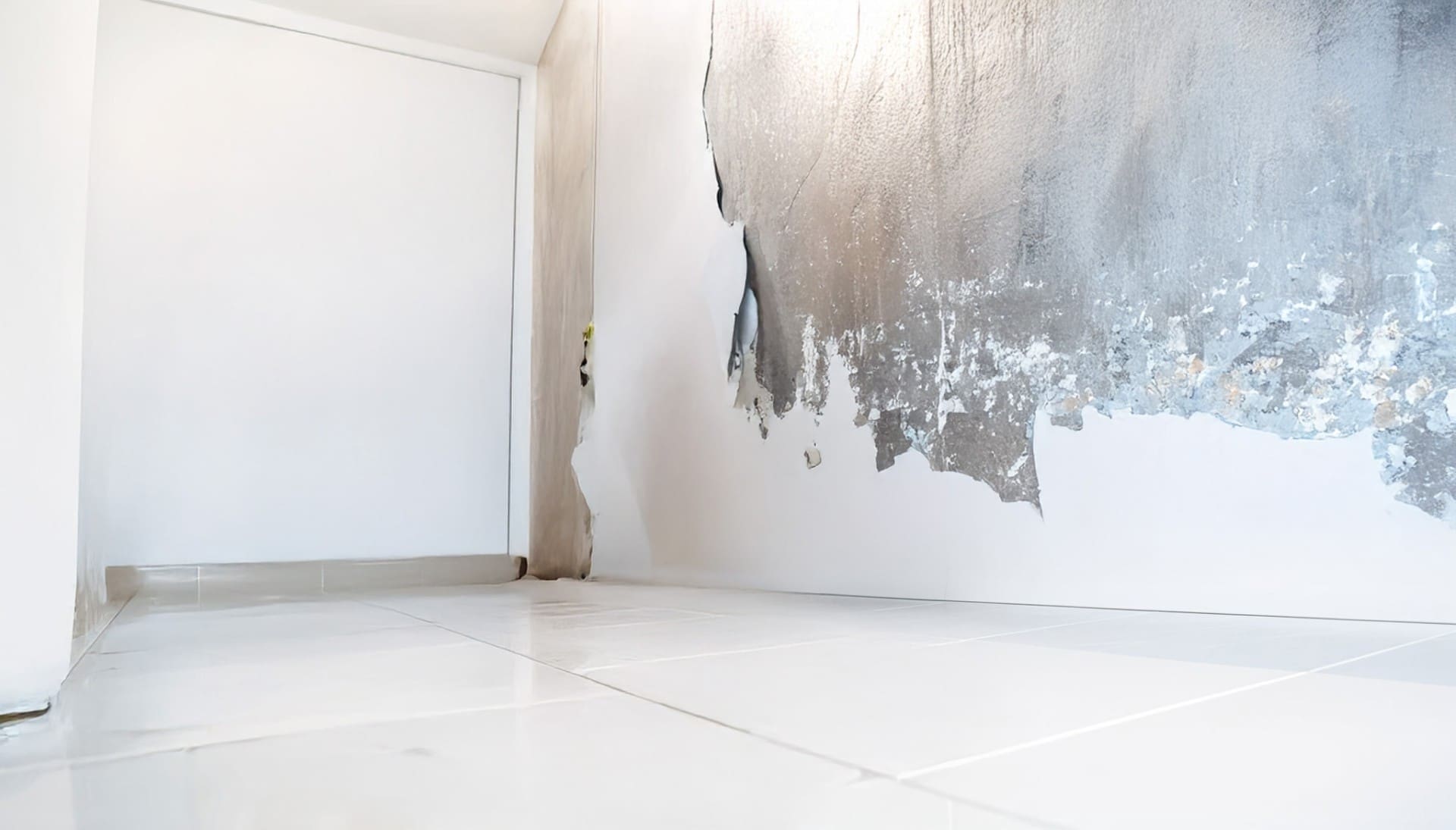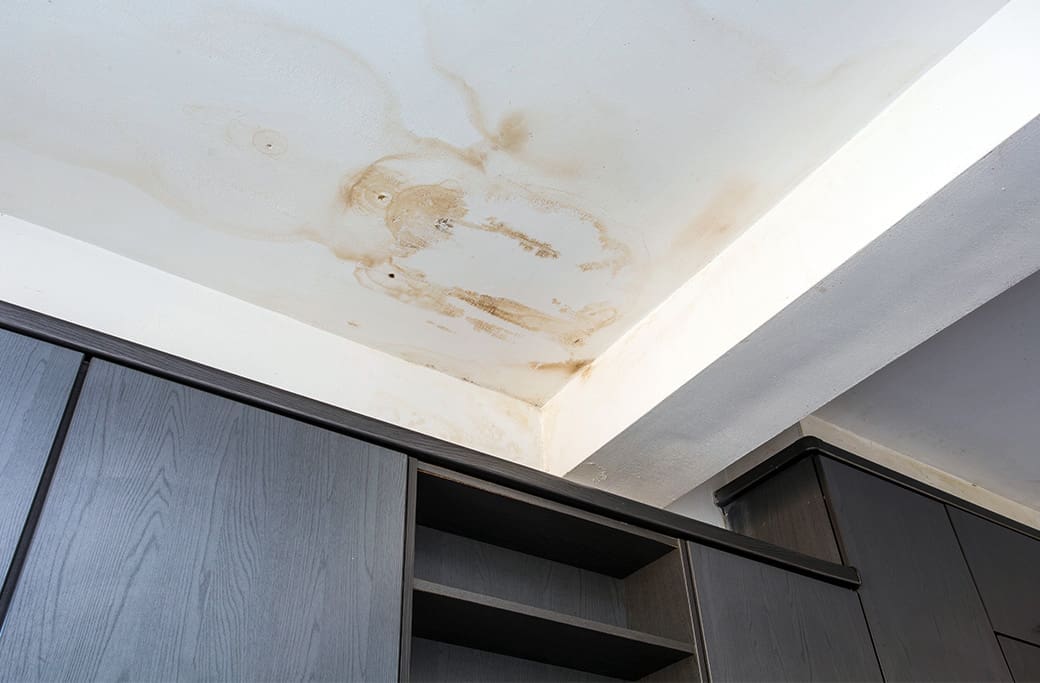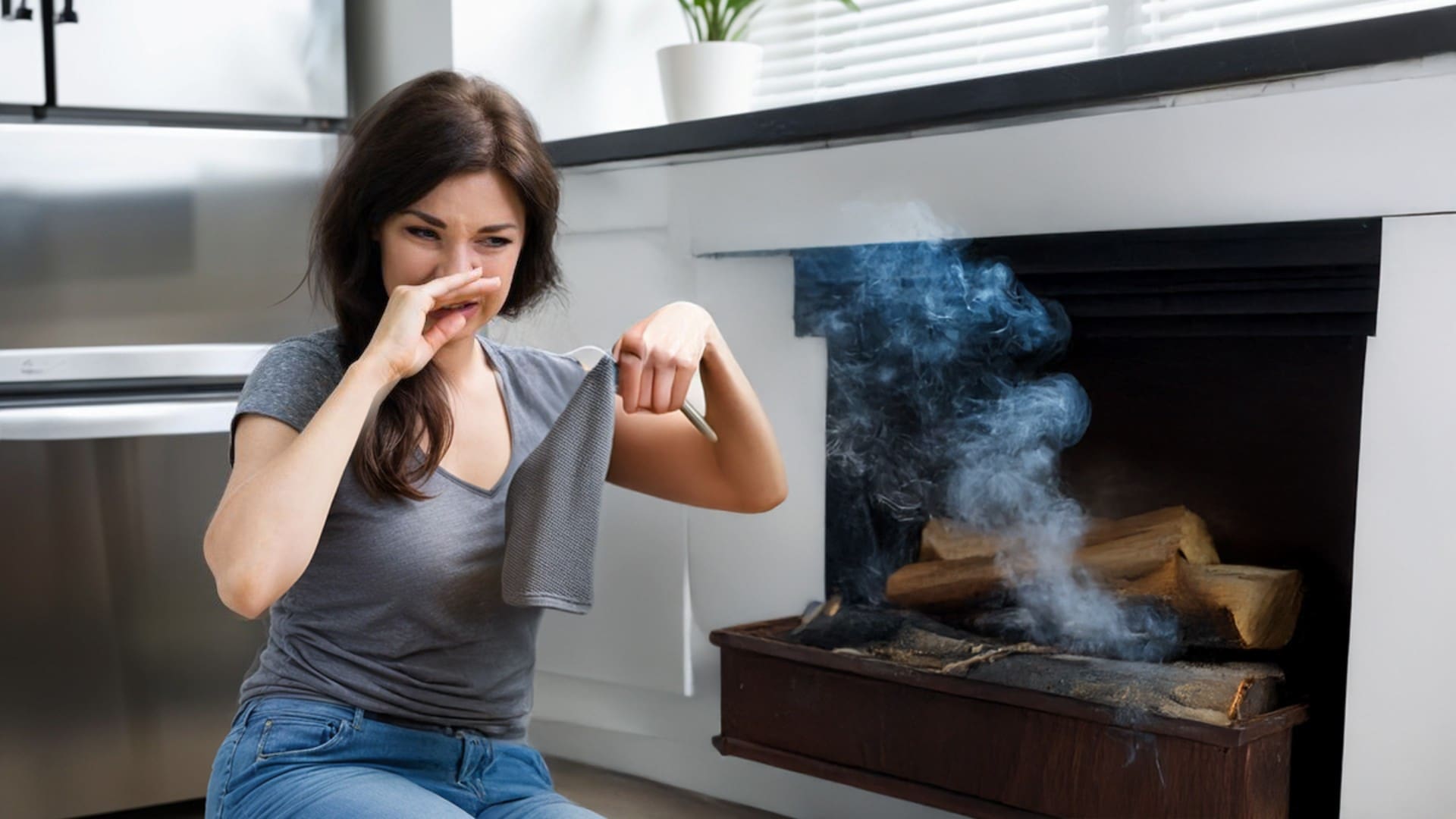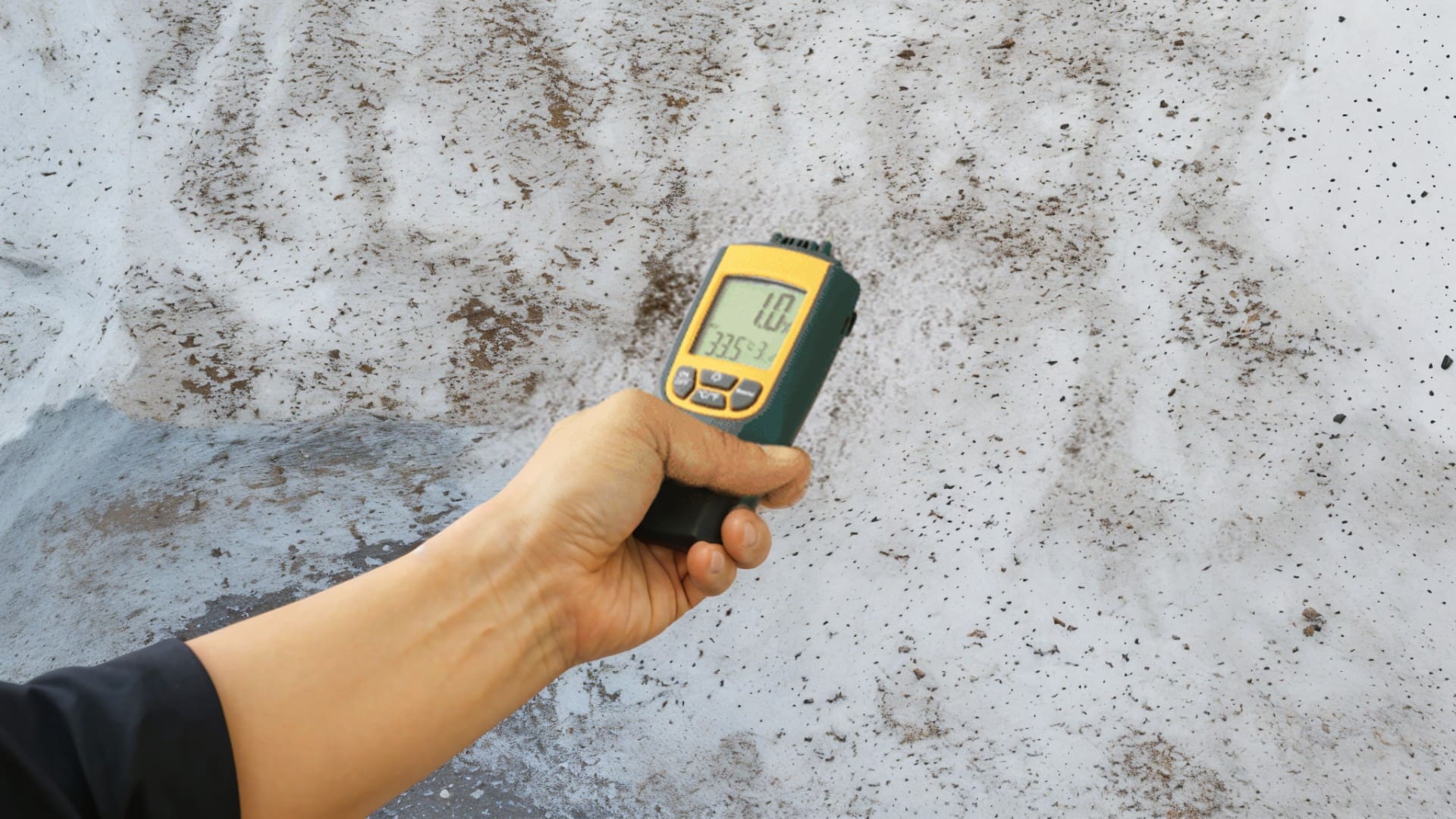
Water damage can be one of the most deceptive and destructive problems homeowners face. While some signs are immediate and dramatic—like pooling water after a flood—others can quietly cause extensive damage behind your walls, leading to costly repairs and health hazards like mold. Spotting water damage early is key to minimizing its effects. If you live in Winston-Salem, NC, and suspect water damage, STOP Restoration is your trusted local expert to help assess and restore your property to pre-damage conditions.
In this blog, we’ll break down the common signs of water damage in walls, what causes them, and how professionals like STOP Restoration can assist.
Common Signs of Water Damage in Walls
1. Discoloration and Stains on Walls or Ceilings
One of the first visible signs of water damage is discoloration. Water leaves behind yellow, brown, or copper-colored stains on drywall and ceilings. These irregularly shaped stains may start small but often grow larger over time as the leak continues.
What to look for:
- Patches or rings of color that weren’t previously there.
- Streaking down the wall—often from a roof or pipe leak above.
Why it matters: Even if the leak has dried out, staining means moisture has already invaded your drywall, and there may be unseen mold or structural damage underneath.
2. Peeling, Bubbling, or Cracking Paint and Wallpaper
Excess moisture in the walls can cause paint or wallpaper to lose adhesion. This results in bubbling, flaking, or peeling off entirely.
What to look for:
- Blisters under the paint surface.
- Wallpaper seams curling or detaching.
- Cracks forming in unusual places.
Why it matters: This symptom often signals a persistent moisture problem. It can stem from roof leaks, burst pipes, or even high indoor humidity.
3. Soft, Warped, or Swollen Walls
If your wall feels soft or shows signs of warping, you’re likely dealing with advanced water damage. Moisture causes drywall and wood to expand and deform, and these materials may begin to sag or bulge.
What to look for:
- Uneven wall surfaces.
- Sections that feel spongy to the touch.
- Baseboards or molding separating from the wall.
Why it matters: Structural integrity can be compromised, and mold thrives in these damp environments.
4. Musty Odors
A persistent musty or earthy smell is a red flag for hidden mold and mildew—both of which flourish in damp conditions behind walls.
What to look for:
- A stale smell when entering a room.
- Odor that intensifies after rain or increased humidity.
Why it matters: Mold isn’t just a property concern—it’s a health issue. It can trigger allergies, respiratory issues, and worsen conditions like asthma.
5. Mold Growth
Visible mold is a sure sign of moisture problems. It can appear in various colors—black, green, gray, or white—and grows rapidly in damp conditions.
What to look for:
- Fuzzy or slimy patches on walls, especially near plumbing fixtures.
- Mold at the base of walls or behind furniture.
Why it matters: Mold often spreads behind walls before it’s visible. If you can see it, there’s a good chance a larger colony is growing out of sight.
6. Unexplained Increases in Utility Bills
A sudden spike in your water bill without increased usage could indicate a hidden leak. Water that constantly seeps into your walls doesn’t just damage your home—it drains your wallet.
What to look for:
- Higher-than-normal water bills.
- The sound of dripping or running water behind walls.
Why it matters: Early detection saves money and prevents extensive property damage.
7. Visible Efflorescence or White Powdery Residue
When water seeps through masonry walls (especially in basements), it leaves behind mineral deposits called efflorescence.
What to look for:
- Chalky, white substance on basement or concrete walls.
- Deteriorating bricks or mortar.
Why it matters: This sign usually indicates long-term moisture exposure and can compromise the strength of your walls.
How STOP Restoration Can Help
If you notice any of the above signs, STOP Restoration of Winston-Salem, NC is your go-to partner for comprehensive water damage restoration. With years of experience, state-of-the-art equipment, and a reputation for quick response times, STOP Restoration offers:
- Thorough water damage assessments.
- Moisture detection tools that pinpoint hidden leaks.
- Mold inspection and remediation to ensure safe indoor air.
- Structural drying and restoration of affected areas.
- Assistance with insurance claims and documentation.
Their local team understands the unique climate and building challenges of North Carolina homes and businesses. Whether you’re dealing with a minor leak or major flood aftermath, STOP Restoration provides timely, trusted, and effective solutions to safeguard your property.
Final Thoughts
Water damage in walls doesn’t always present itself in dramatic ways. Often, it creeps in slowly and silently. By staying alert to the warning signs—like discoloration, peeling paint, musty odors, and warped walls—you can catch problems early and prevent more serious structural and health issues down the road.
Don’t wait until it’s too late. If you suspect water damage in your Winston-Salem property, call STOP Restoration today. They’re ready 24/7 to help you restore your home or business—quickly, safely, and professionally.
FAQ
1. How can I tell if there is water damage behind my walls?
Answer:
Common signs include discoloration, bubbling paint, warped or soft spots on the wall, musty odors, or visible mold. You may also notice unexplained stains or increased humidity in a specific room. STOP Restoration uses advanced moisture detection tools to find hidden damage without invasive measures.
2. Is it safe to live in a home with water-damaged walls?
Answer:
Prolonged exposure to water-damaged walls can be unsafe, especially if mold has developed. Mold spores can cause respiratory issues, allergies, and worsen asthma. It’s best to have a professional inspection as soon as possible. STOP Restoration offers 24/7 emergency assessments to ensure your living environment is safe.
3. What causes water damage in interior walls?
Answer:
Common causes include leaking pipes, roof leaks, poor drainage, malfunctioning HVAC units, or flooding. Even high humidity over time can contribute to moisture buildup inside walls. Identifying and fixing the source is critical, which STOP Restoration specialists are trained to do efficiently.
4. How quickly does mold grow after water damage?
Answer:
Mold can begin to grow within 24 to 48 hours of water exposure. The longer the moisture remains, the more extensive the mold spread becomes. STOP Restoration provides prompt mold remediation to prevent health risks and further property damage.
5. Will homeowners insurance cover water damage repair?
Answer:
It depends on the cause. Most insurance policies cover sudden and accidental water damage (like burst pipes), but not long-term neglect or flood damage unless you have separate flood insurance. STOP Restoration can assist with damage documentation and work directly with your insurance provider.
6. How is hidden water damage detected behind walls?
Answer:
Professionals use moisture meters, thermal imaging cameras, and infrared scanners to detect water presence without opening up walls. STOP Restoration technicians are equipped with industry-leading technology to perform precise, non-invasive assessments.
7. Can I just dry the wall myself with fans or dehumidifiers?
Answer:
While drying visible surfaces may help, moisture often penetrates deep into insulation and wall cavities. DIY methods can miss hidden dampness, leading to mold and structural issues later. STOP Restoration provides industrial-grade drying equipment and ensures thorough dehumidification.
8. How long does water damage restoration take?
Answer:
It depends on the severity and extent of the damage. Minor cases may take a few days, while more serious structural repairs and mold remediation can take a couple of weeks. STOP Restoration provides detailed timelines after their initial evaluation.
9. What happens if I ignore minor signs of water damage?
Answer:
Ignoring signs like stains or a slight musty odor can lead to severe issues over time, including mold infestation, drywall rot, and compromised structural integrity. Early intervention by experts like STOP Restoration can save time, money, and health concerns.
10. Why choose STOP Restoration in Winston-Salem, NC for water damage issues?
Answer:
STOP Restoration is a trusted, locally owned franchise known for rapid response, certified technicians, and excellent customer service. They specialize in water damage restoration, mold remediation, and insurance coordination—ensuring your home is restored thoroughly and professionally.




